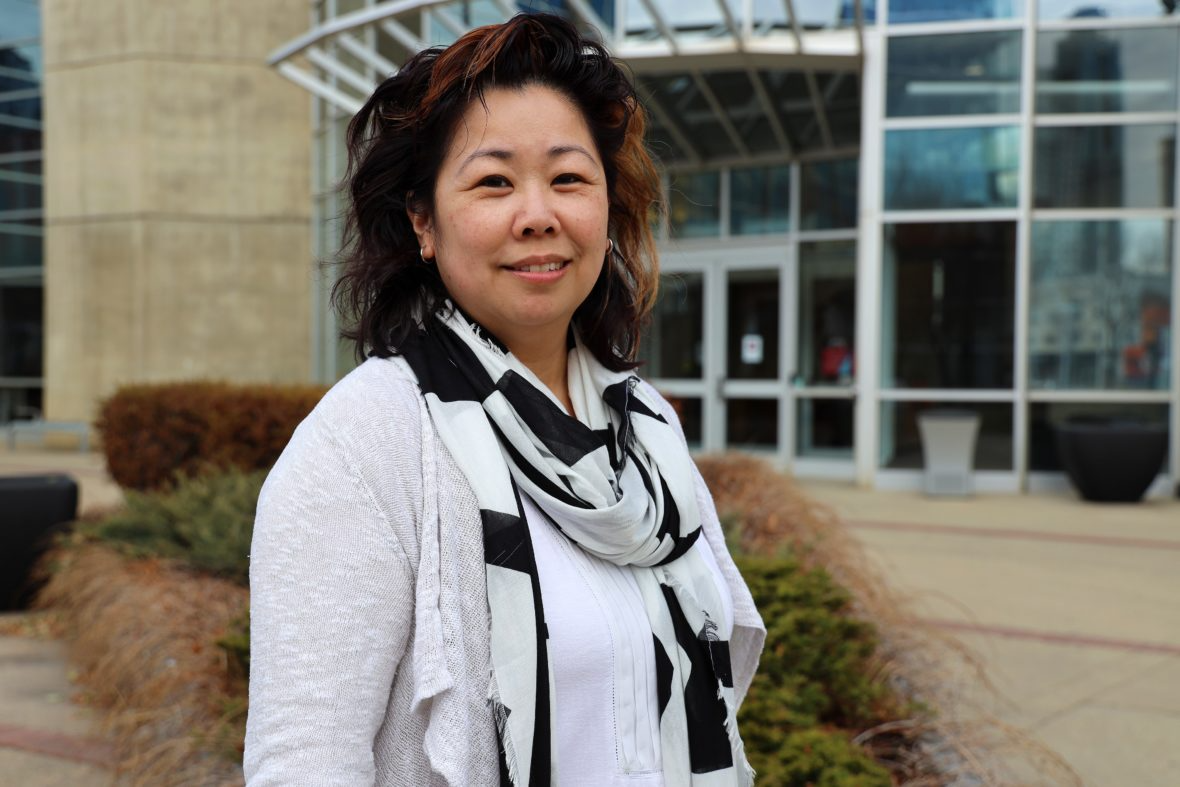Building a new gender-based violence risk tool for campuses: Why reinvent the wheel?
Written by: Dr. Sandy Jung and Dr. Jesmen Mendoza
The existence and use of risk assessment tools are not new ventures. Psychological assessment of risk for criminal offending behaviour and violence has existed for nearly 100 years, and active use of such instruments have been documented by various criminal justice bodies, such as parole, since the 1970s. Most of these forensic tools have been developed for criminal justice settings and forensic mental health contexts.
One might then wonder why we need to build a new gender-based violence (GBV) risk tool for campuses. Why not use what’s already out there? The Gender-Based Violence Community Risk Assessment Research-to-Action Project is focused on developing a tool that is situated for contexts within post-secondary institutions (PSIs). Part of this project is to comprehensively review published and unpublished tools, many of which have been validated in correctional and forensic community settings. In our review, we found that there were a number of limitations in the use and application of these tools in civil, non-forensic, non-correctional contexts (such as PSIs) to assess the risk of GBV.
Although risk can be broadly defined, the empirical literature tends to narrow violence into various types, such as sexual, intimate partner, and child abusive behaviours. Furthermore, tool developers often separate the application of these tools to youth-only and adult-only populations, which draws a divide that we often have to artificially determine based on chronological age (rather than developmental age). This might make sense in a criminal justice context, where the Criminal Code of Canada divides laws applicable to each age group; but it makes little sense when it comes to emerging adults who continue to developmentally mature and are entering their post-secondary education.
Another challenge in applying existing criminal justice tools to PSIs is how criminal justice contexts conceptualize gender in binary terms. In fact, defining criminal violence does not often utilize gender-based views of perpetration, and it becomes challenging to employ tools that don’t account for how gender is fluid and non-binary. These are only a few of the limitations that we’ve identified when employing existing risk tools in the post-secondary context with emerging adults.
So, why reinvent the wheel? Developing a fair and applicable tool to assess the risk of individuals where a complaint of GBV has been made is important, and it should be created for a specific context. Decisions flow from these complaints, and risk must be assessed as accurately as possible. It’s important that we cautiously and conscientiously develop a non-forensic risk tool, as opposed to applying an existing risk tool that has not considered the unique context of a PSI.
The Research-to-Action project team is using what we learned through this comprehensive review to address caveats, identify risk factors, and develop a cohesive and relevant tool. This tool development is guided by both the empirical literature and our understanding of the complexity of post-secondary settings and their emerging adult populations. Our next steps after our comprehensive review will be to engage key stakeholders for their expertise and constructive input.
In our next blog post, we’ll share with you in more detail how re-inventing this particular wheel can lead to a more applicable and responsible approach to assessing GBV risk in the post-secondary context. Stay tuned!
__________
Suggested Citation: Jung, Sandy and Mendoza, Jesmen. (2022, July). Building a New Gender-Based Violence Risk Tool for Campuses: Why Reinvent the Wheel? Courage to Act. www.couragetoact.ca/blog/risk-assessment-tool.




